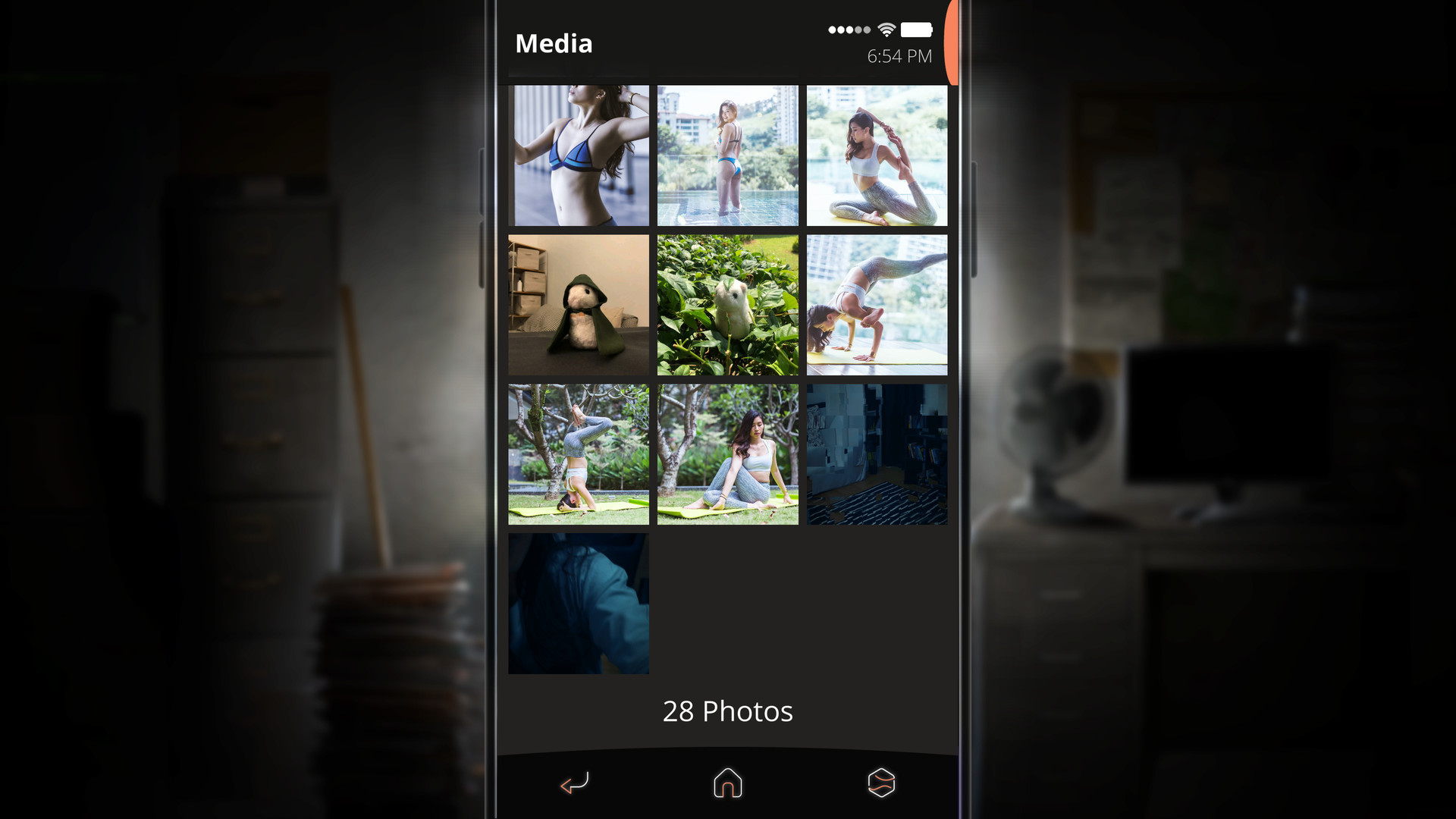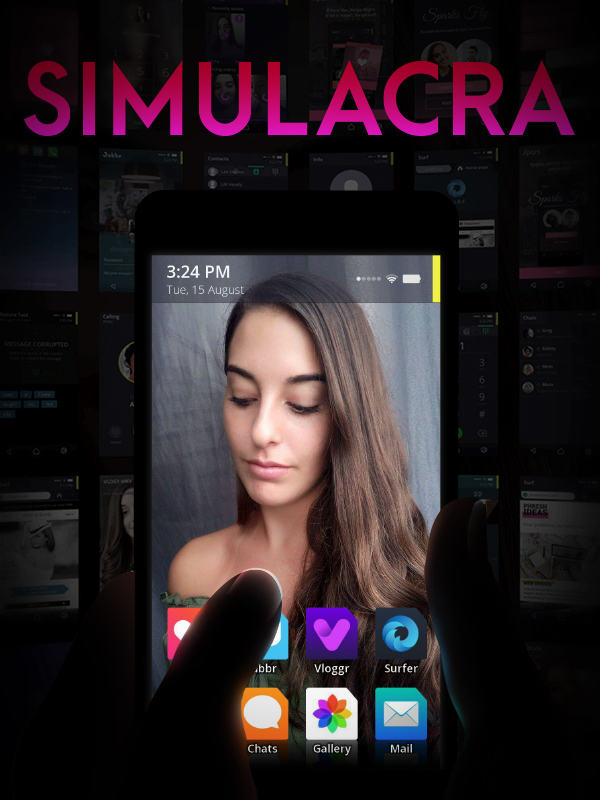

“There’s food over there” is perhaps construed as a bid to move in that direction, and evaluated as though it were that call to action. Instead, the map becomes a sort of command language for coordinating actions and feelings. When maps drift far enough from reality, in some cases people aren’t even parsing it as though it had a literal specific objective meaning that grounds out in some verifiable external test outside of social reality.Thus, the map drifts from reality, and we start dissociating from the maps we make. For instance, I might say there’s a lion over somewhere where I know there’s food, in order to hoard access to that resource for idiosyncratic advantage. The breakdown of naive intersubjectivity – people start taking the shared map as an object to be manipulated, rather than part of their own subjectivity.I say that the food source is over there, so that our band can move towards or away from it when situationally appropriate, or so people can make other inferences based on this knowledge. We described reality intersubjectively in order to build shared maps, the better to navigate our environment. First, words were used to maintain shared accounting.My friend Ben Hoffman talks about simulacra a lot, with this rough definition: To re-familiarize ourselves with the simulacra levels, here’s the introduction Elizabeth offered to them in her post : On Negative Feedback and Simulacra was my take on those examples. In Elizabeth’s Negative Feedback and Simulacra, she examined several example situations on which information was being processed on multiple simulacra levels at once.

My intention is for future posts to then apply this model to many covid-related dynamics. This post aims to unpack and explain simulacra levels of action using the threat of covid-19 as its central example. Previously: Covid-19: My Current Model, On Negative Feedback and Simulacra


 0 kommentar(er)
0 kommentar(er)
